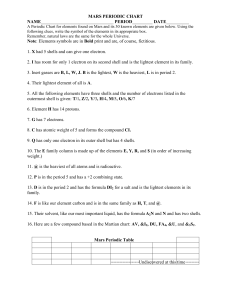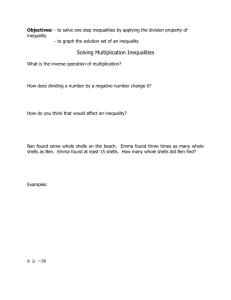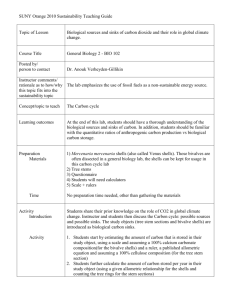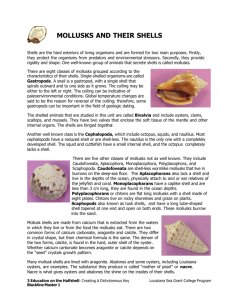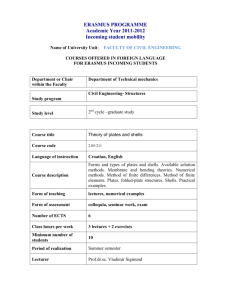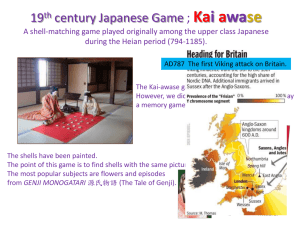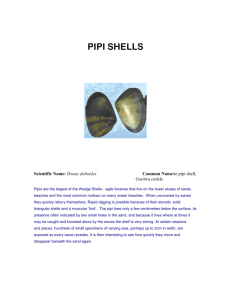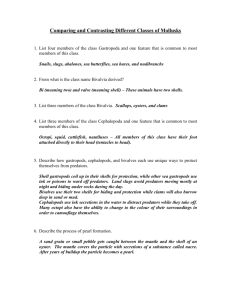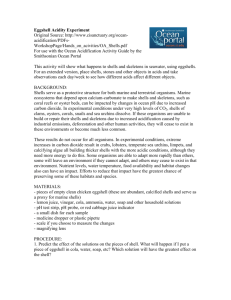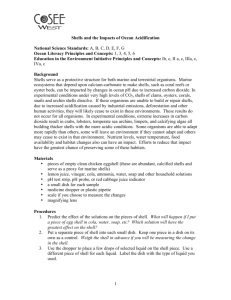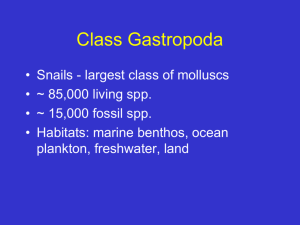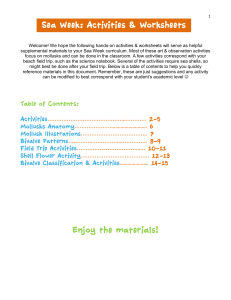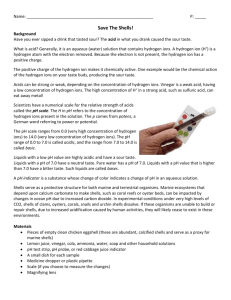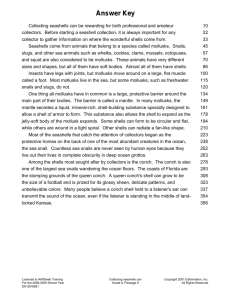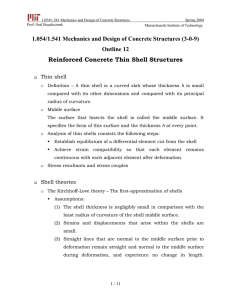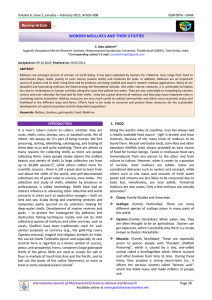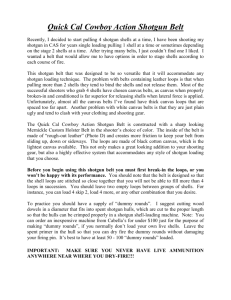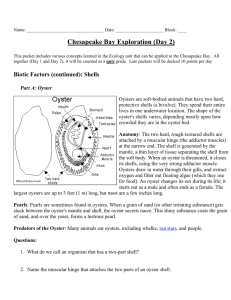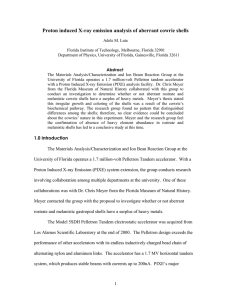Sorting and Classifying Mollusks at San Judas Formation 4th Grade
advertisement
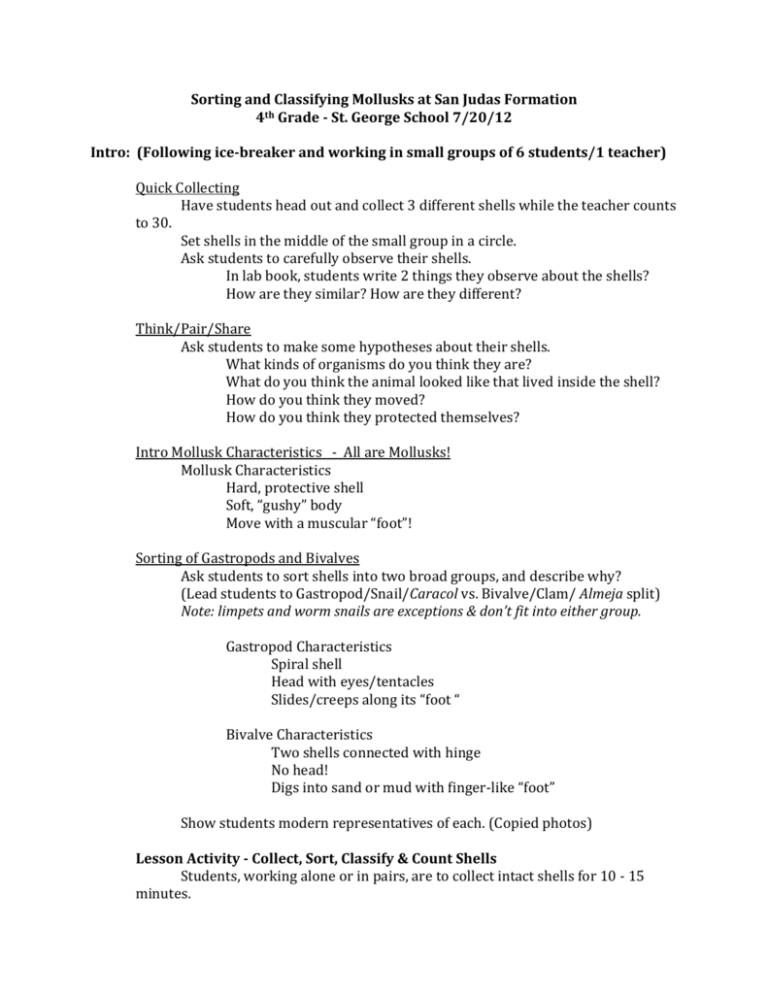
Sorting and Classifying Mollusks at San Judas Formation 4th Grade -­ St. George School 7/20/12 Intro: (Following ice-­breaker and working in small groups of 6 students/1 teacher) Quick Collecting Have students head out and collect 3 different shells while the teacher counts to 30. Set shells in the middle of the small group in a circle. Ask students to carefully observe their shells. In lab book, students write 2 things they observe about the shells? How are they similar? How are they different? Think/Pair/Share Ask students to make some hypotheses about their shells. What kinds of organisms do you think they are? What do you think the animal looked like that lived inside the shell? How do you think they moved? How do you think they protected themselves? Intro Mollusk Characteristics -­‐ All are Mollusks! Mollusk Characteristics Hard, protective shell Soft, “gushy” body Move with a muscular “foot”! Sorting of Gastropods and Bivalves Ask students to sort shells into two broad groups, and describe why? (Lead students to Gastropod/Snail/Caracol vs. Bivalve/Clam/ Almeja split) Note: limpets and worm snails are exceptions & don’t fit into either group. Gastropod Characteristics Spiral shell Head with eyes/tentacles Slides/creeps along its “foot “ Bivalve Characteristics Two shells connected with hinge No head! Digs into sand or mud with finger-­‐like “foot” Show students modern representatives of each. (Copied photos) Lesson Activity -­ Collect, Sort, Classify & Count Shells Students, working alone or in pairs, are to collect intact shells for 10 -­‐ 15 minutes. Rules: Stay in sight. Stay out of grass. Make sure you visit at least 5 different spots to collect. Bonus fun: Show students shark’s teeth to collect if they come across them. Call time, and round up students. Students lay their shells out and organize into piles of same species. Select one shell and key together. Guide students on how to record species onto data table. (Use Gatun Formation Key to help if needed.) Students i.d. and tally their shell collections. Closure & Extension Conclusions: Small group discussion Which animal had the greatest number? How many different kinds did you find? What do you think these numbers tell you about these animals? What kinds of conclusions can you draw from your investigation? Extension Activity: (If you have time.) Have students select their favorite shell and make a sketch. Label with species name. Measure length and width and record.

